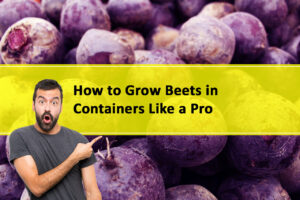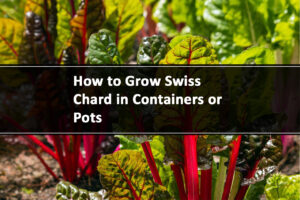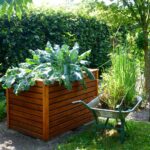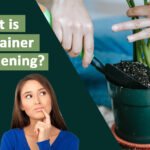Beautiful Plants For Your Interior
Small Space, Big Rewards: Grow Elderberry in Pots or Containers for Maximum Yield!
Growing elderberry in pots is a practical and rewarding way to cultivate this versatile plant in limited spaces. By harnessing the benefits of container gardening, such as space optimization and enhanced control over soil conditions, individuals can enjoy the beauty and benefits of elderberries without the constraints of traditional garden beds.
Benefits of Growing Elderberry in Pots or Containers
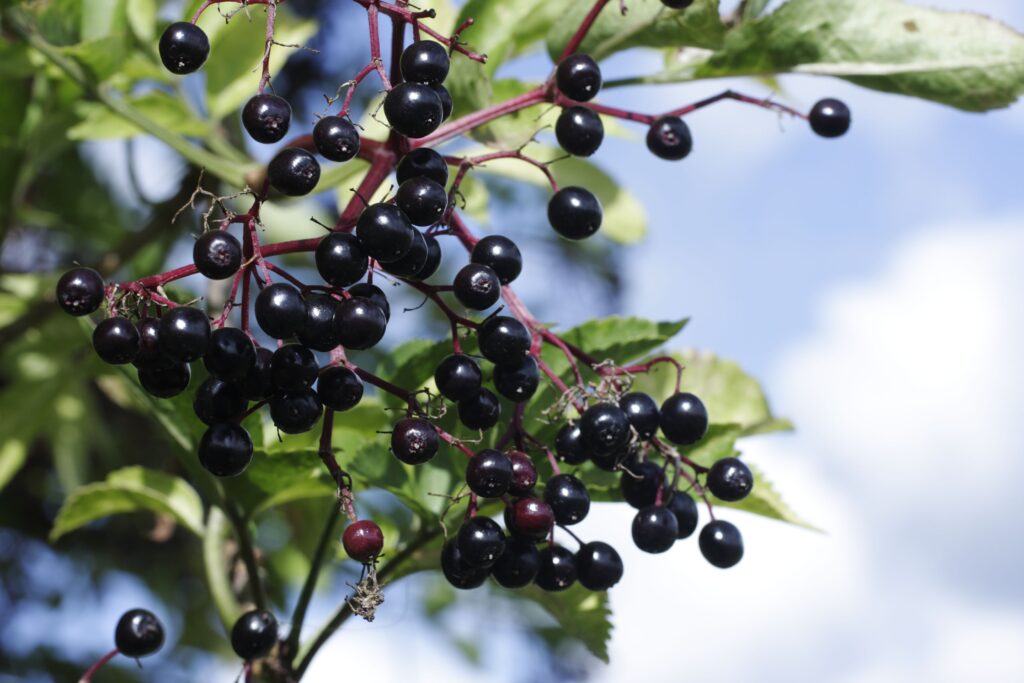
Growing elderberry in pots offers several benefits, making it a viable option for urban gardeners who have limited space or want more control over the plant’s environment. Here are some advantages of growing elderberry in pots:
1. Space-saving: Elderberry plants can grow quite large, ranging from 6 to 12 feet in height and spread. By growing them in pots, you can control their size and keep them compact, making them suitable for small urban gardens, balconies, or patios where space is limited.
2. Versatility: Potted elderberries can be moved around easily. You can place them in different spots based on sunlight requirements, and aesthetic preferences, or to protect them from extreme weather conditions. This flexibility allows you to optimize their growth and health.
3. Soil control: Elderberries prefer well-draining soil with a pH level between 5.5 and 6.5. By growing them in pots, you have greater control over the soil composition, ensuring it meets the plant’s specific needs. You can also amend the soil with organic matter to provide optimal nutrition and drainage.
4. Pest and disease management: Growing elderberries in pots can help protect them from pests and diseases. You can monitor the plants more closely, making it easier to spot and control any infestations or diseases. Additionally, if a particular plant becomes infected, it can be isolated to prevent the spread to other plants.
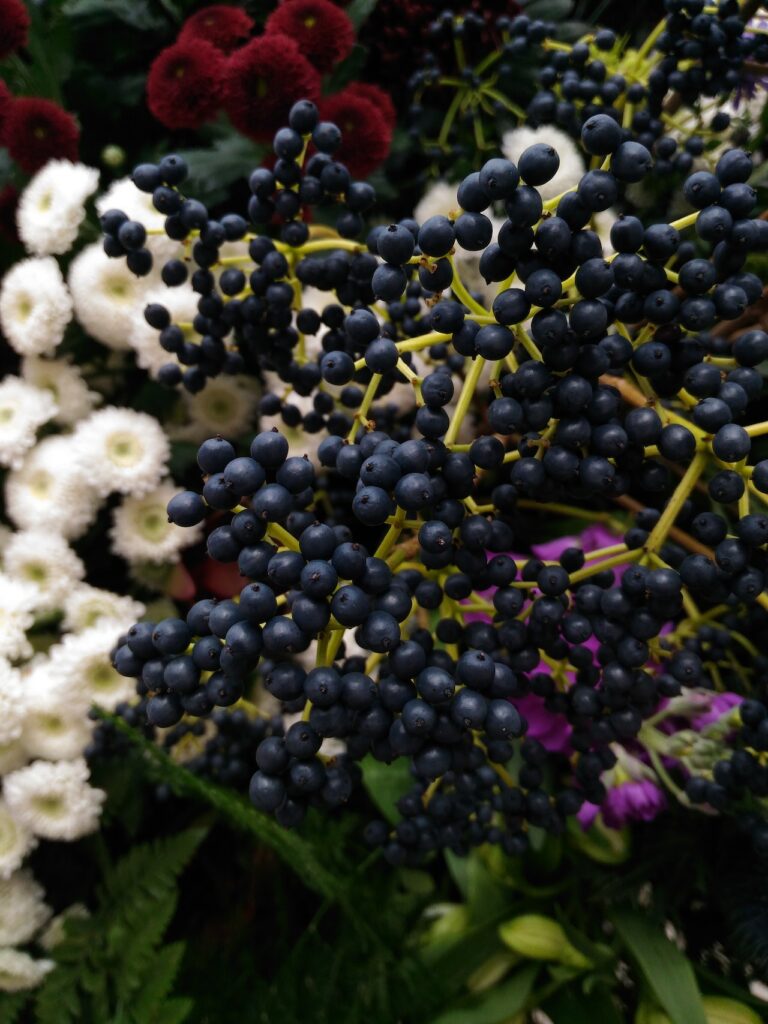
5. Extended growing season: Potted elderberries can be brought indoors during colder months, allowing you to extend their growing season. By providing them with adequate light and temperature conditions, you can enjoy fresh elderberries for a longer period, even in regions with shorter growing seasons.
6. Easier harvest: When elderberries are grown in pots, their height can be managed, making it easier to reach the berries for harvesting. You won’t have to struggle with tall shrubs or use ladders to gather the fruits. This convenience makes the harvest process more accessible and enjoyable.
7. Aesthetic appeal: Elderberries produce beautiful clusters of white flowers in spring, followed by dark purple or black berries. Growing them in pots allows you to showcase their ornamental value on your deck, porch, or any outdoor space. The attractive foliage and colorful berries can enhance the visual appeal of your urban garden or patio.
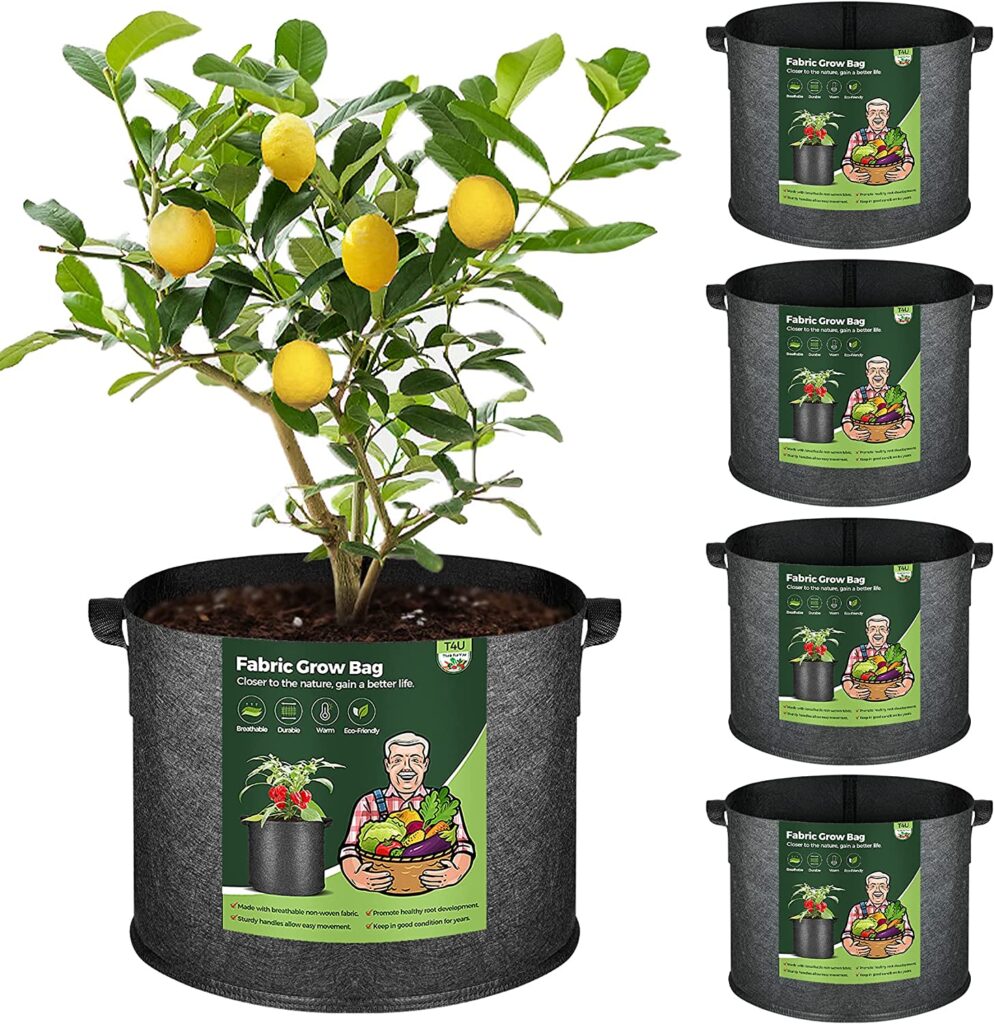
Fabric pots for Elderberry with Handles.
A 10 Gallon Pack of 5, Heavy Duty Nonwoven Smart Urban Garden Pot. Thickened Aeration Nursery Container Black for Flower and Vegetables.
How to Grow Elderberry in Pots or Containers
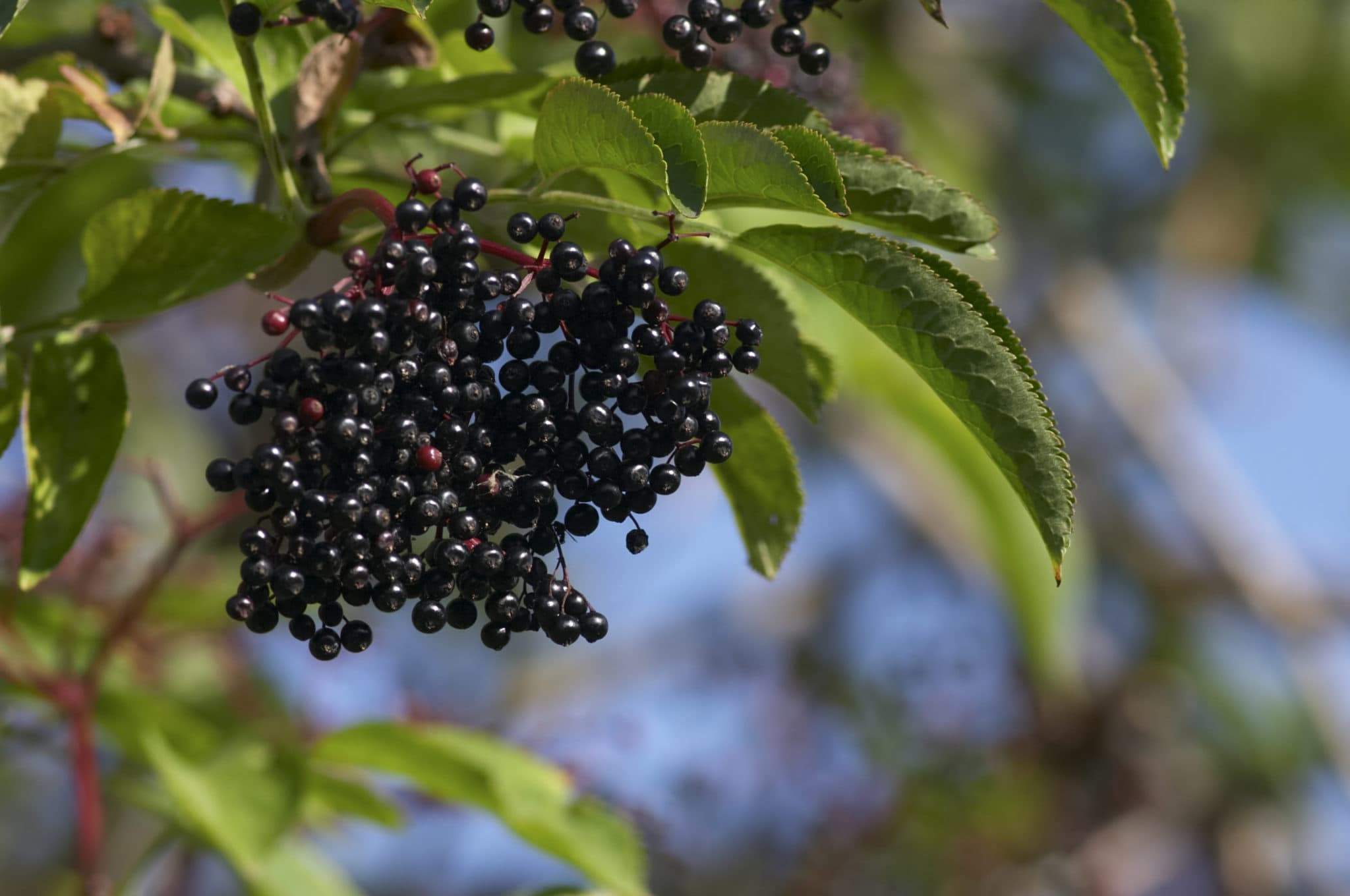
Elderberry (Sambucus) is a versatile and beneficial plant that has gained popularity for its culinary and medicinal uses. While elderberries are traditionally grown in gardens or open spaces, it is entirely possible to cultivate them successfully in pots and containers.
Here is a step-by-step guide on how to grow elderberry in pots, allowing you to enjoy the beauty and benefits of this remarkable plant even if you have limited space.
-
Choosing the Right Varieties
Before diving into the cultivation process, it is essential to select the appropriate elderberry variety for container gardening. Some popular varieties that are suitable for container cultivation include “York,” “Nova,” and “Adams.” These cultivars are known for their compact size and adaptability to container conditions. Ensure that you obtain healthy, disease-resistant plants from reputable nurseries or garden centers.
-
Selecting the Perfect Container
The choice of container is crucial for successful elderberry cultivation. Opt for a large pot or container with a minimum capacity of 15 gallons, as elderberries have an extensive root system. The container should have sufficient drainage holes to prevent waterlogging and allow excess water to escape. Lightweight and durable materials such as plastic or fiberglass work well for elderberry pots.
-
Preparing the Soil
Elderberries thrive in well-draining soil that is rich in organic matter. Create a potting mix by combining equal parts of high-quality garden soil, compost, and perlite or vermiculite. This mixture ensures proper drainage while retaining sufficient moisture. Add a slow-release organic fertilizer to provide essential nutrients for the plants throughout the growing season.
-
Planting Elderberry in Pots
a) Positioning the container: Select a suitable location for your elderberry pot. Ensure it receives at least six hours of direct sunlight daily. Elderberries can tolerate partial shade but will produce better fruit and flowers in full sun.
b) Planting process: Place a layer of the prepared potting mix at the bottom of the container. Gently remove the elderberry plant from its nursery container, loosen the roots, and place it in the pot. Backfill with the remaining potting mix, leaving about an inch of space from the rim to allow for watering.
-
Watering and Fertilizing
Regular watering is essential for the healthy growth of elderberry plants. Keep the soil consistently moist, but avoid overwatering to prevent root rot. Water deeply whenever the top inch of soil feels dry to the touch. Mulching the surface with organic materials like straw or wood chips can help retain soil moisture. Apply a balanced organic fertilizer during the spring season and repeat the application every four to six weeks during the growing season. Follow the package instructions for proper dosage.
-
Pruning and Maintenance
To maintain the shape and vigor of your elderberry plant, pruning is necessary. Prune during the dormant season (late winter or early spring) to remove dead or damaged wood. Additionally, remove any weak or crossing branches to improve airflow and reduce the risk of disease. Regularly check for pests or diseases, such as aphids or powdery mildew, and take appropriate measures to control them.
-
Harvesting and Utilizing Elderberries
Elderberries typically ripen in late summer to early fall. Harvest the berries when they are fully dark and plump. To remove the berries from the umbels, gently run a fork or comb through the clusters. The harvested elderberries can be used for making jams, jellies, syrups, wines, or medicinal remedies.
How to Grow Black Lace Elderberry in Container
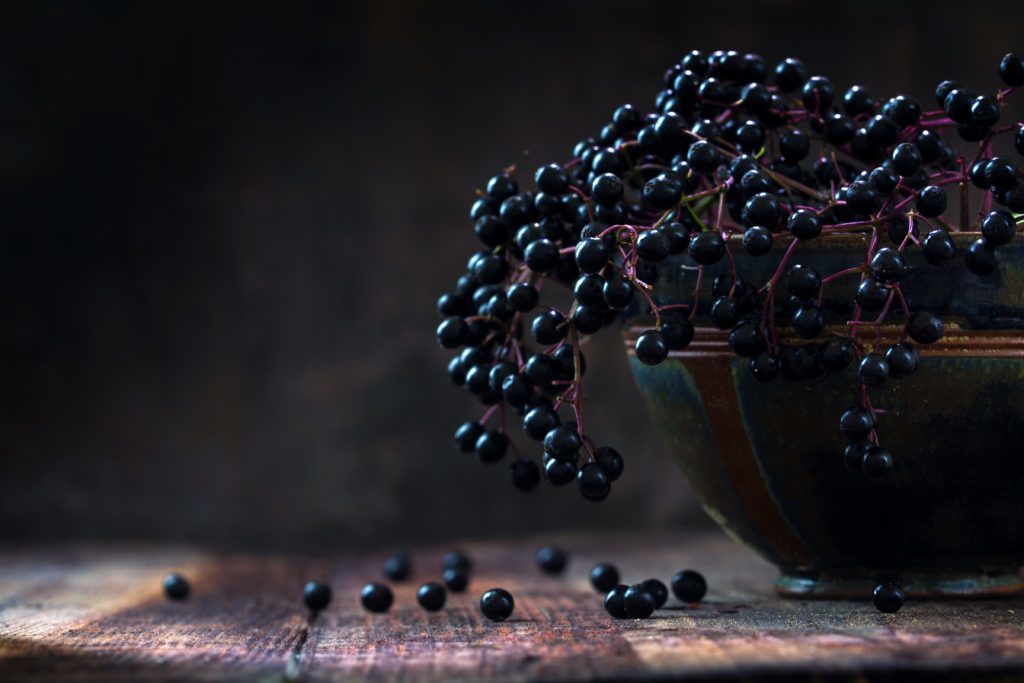
Black Lace elderberry is a beautiful and versatile plant that can be grown in containers. Here are some tips on how to grow it successfully:
- Choose a large container. Black Lace elderberry can grow quite large, so it’s important to choose a container that is at least 24 inches wide and 20 inches deep.
- Use a well-draining potting mix. Elderberries prefer soil that is moist but not soggy. A good potting mix for elderberries will be high in organic matter and will have good drainage.
- Place the container in full sun. Black Lace elderberry needs at least 6 hours of full sun per day.
- Water regularly. Elderberries need to be watered regularly, especially during hot, dry weather. The soil should be kept moist but not soggy.
- Fertilize every 2-4 weeks. Use a balanced fertilizer, such as 10-10-10.
- Prune in early spring. Prune Black Lace elderberry in early spring to keep it compact and to encourage new growth.
- Protect from pests and diseases. Elderberries are susceptible to a few pests and diseases, such as aphids, scale, and powdery mildew. Inspect your plants regularly and take steps to control any problems that you see.
With proper care, Black Lace elderberry will thrive in a container. It will produce beautiful flowers in the spring and summer, and it will bear delicious berries in the fall.
Here are some additional tips for growing Black Lace elderberry in containers:
- Mulch around the base of the plant to help keep the soil moist and cool.
- Add a layer of gravel or pebbles to the bottom of the container to improve drainage.
- Rotate the container every few weeks to help prevent the plant from leaning to one side.
- Bring the container indoors during the winter if you live in a cold climate.
With a little care and attention, you can enjoy the beauty and bounty of Black Lace elderberry for many years to come.
Growing Elderberry Bushes in Containers
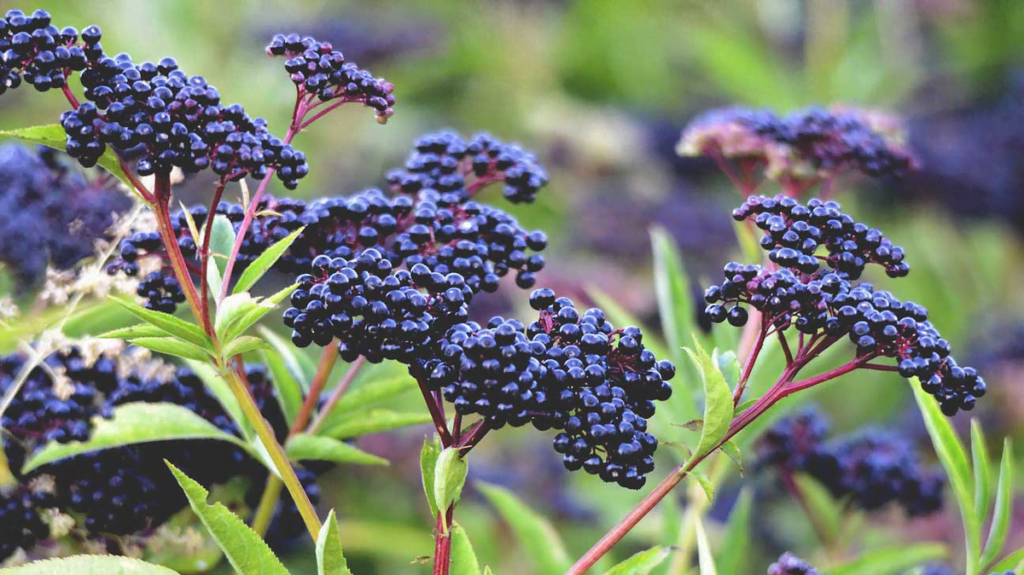
Growing elderberry bushes in containers is a great way to enjoy these delicious and healthful berries even if you don’t have a lot of space. Here are some tips for growing elderberry bushes in containers:
- Choose the right container: Elderberry bushes need a large container, at least 24 inches wide and 20 inches deep. The container should have drainage holes to prevent the roots from rotting.
- Use the right soil: Elderberry bushes prefer a well-draining potting mix that is rich in organic matter. You can buy a commercial potting mix specifically for elderberries, or you can make your own by mixing equal parts potting soil, compost, and perlite.
- Plant in full sun: Elderberry bushes need at least 6 hours of full sun per day.
- Water regularly: Elderberry bushes need to be watered regularly, especially during the hot summer months. The soil should be kept moist, but not soggy.
- Fertilize every few months: Elderberry bushes should be fertilized every few months during the growing season. Use a balanced fertilizer, such as 10-10-10.
- Pruning: Elderberry bushes should be pruned in the early spring to remove dead or diseased branches. You can also prune to shape the bush.
- Mulch: Mulching around the elderberry bush will help to keep the soil moist and cool.
- Protect from pests and diseases: Elderberry bushes are susceptible to a few pests and diseases, such as aphids, scale, and powdery mildew. You can prevent these problems by inspecting your plants regularly and taking steps to control pests and diseases.
With proper care, elderberry bushes can thrive in containers and produce delicious berries for many years.

10-10-10 fertilizer for plants: Espoma Garden Granules Plant Food.
10-10-10 is considered an all-purpose, balanced fertilizer that you can use for all kinds of plants and situations.
Some additional tips for growing elderberry bushes in containers:
- Choose a variety that is suited for container growing: There are many different varieties of elderberries, so it’s important to choose one that is suited for container growing. Some good varieties for containers include ‘Adams’, ‘Black Lace’, and ‘Hampton’.
- Repot every few years: As the elderberry bush grows, it will need to be repotted into a larger container. This should be done every few years to give the roots more room to grow.
- Bring indoors in winter: If you live in a cold climate, you may need to bring your elderberry bush indoors during the winter. This will protect it from the cold weather.
With proper care, you can enjoy elderberries from your own container-grown bush for many years to come.
How to Grow Elderberry From Seed
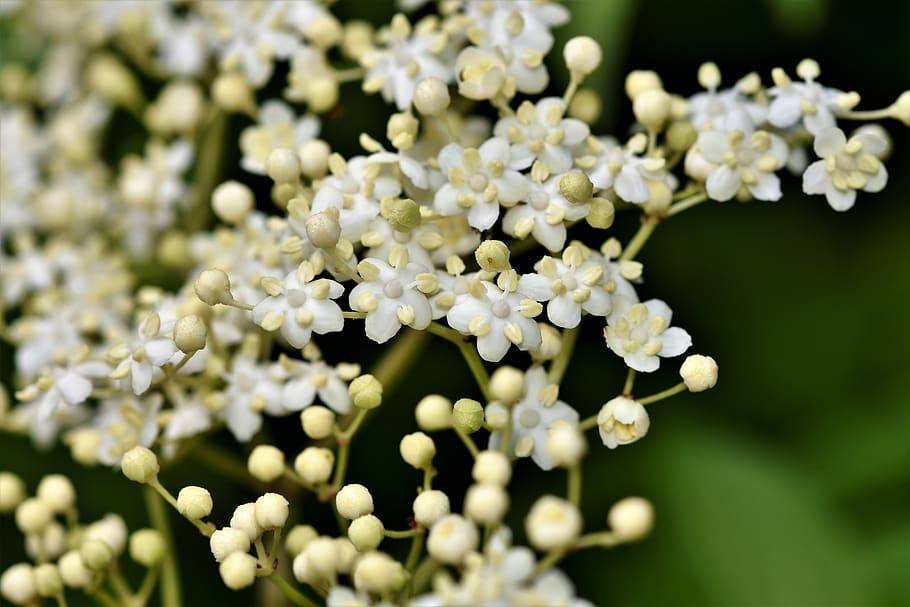
Growing elderberry from seed can be a bit tricky, but it is possible with a little patience. Here are the steps involved:
- Collect the seeds. The best time to collect elderberry seeds is in the fall after the berries have ripened and fallen from the plant. The seeds are very small, so you will need to be patient and careful when collecting them.
- Stratify the seeds. Elderberry seeds need to be stratified before they will germinate. This means that they need to be exposed to cold temperatures for a period of time. You can stratify the seeds by placing them in a moist paper towel and storing them in the refrigerator for 60-90 days.
- Plant the seeds. Once the seeds have been stratified, you can plant them in a pot or seed tray filled with a well-draining potting mix. Cover the seeds with a thin layer of soil and keep the soil moist.
- Keep the seedlings warm. The seedlings need to be kept warm in order to germinate. Place the pot or seed tray in a warm location, such as a sunny windowsill.
- Be patient. It can take several weeks for elderberry seeds to germinate. Once the seedlings have germinated, you can transplant them into a larger pot or urban garden bed.
Here are some additional tips for growing elderberry from seed:
- Use fresh seeds. The older the seeds, the less likely they are to germinate.
- Sow the seeds in a well-draining potting mix. Elderberry seeds do not like wet feet.
- Keep the soil moist, but not soggy.
- Provide the seedlings with plenty of sunlight.
- Be patient. It can take several weeks for elderberry seeds to germinate.
With a little patience and care, you can grow a beautiful elderberry tree from seed.
People also ask
-
Can elderberries be grown in pots and containers?
Yes, elderberries can be successfully grown in pots and containers as long as you choose the right varieties and provide the necessary care and conditions.
-
What are the best elderberry varieties for container gardening?
Some recommended elderberry varieties for container gardening include “York,” “Nova,” and “Adams.” These cultivars are known for their compact size and adaptability to container conditions.
-
What size pots or containers should I use for growing elderberries?
It is recommended to use pots or containers with a minimum capacity of 15 gallons to accommodate the extensive root system of elderberry plants.
-
How do I prepare the soil for growing elderberries in pots?
Prepare a well-draining potting mix by combining equal parts of high-quality garden soil, compost, and perlite or vermiculite. This mixture ensures proper drainage while retaining sufficient moisture.
-
How much sunlight do elderberry plants need?
Elderberry plants thrive in full sun, although they can tolerate partial shade. Ensure that your potted elderberry receives at least six hours of direct sunlight daily for optimal growth and fruit production.
-
How often should I water my elderberry plant in a pot?
Keep the soil consistently moist by watering your elderberry plant whenever the top inch of the soil feels dry to the touch. Avoid overwatering to prevent root rot.
-
Do elderberry plants require fertilization?
Yes, elderberry plants benefit from regular fertilization. Apply a balanced organic fertilizer during the spring season and repeat the application every four to six weeks during the growing season.
-
When and how should I prune my potted elderberry plant?
Prune your potted elderberry plant during the dormant season, which is typically in late winter or early spring. Remove dead or damaged wood and prune any weak or crossing branches to maintain plant shape and vigor.
-
How do I harvest elderberries grown in pots?
Harvest elderberries when they are fully dark and plump. Gently run a fork or comb through the clusters to remove the berries from the umbels.
-
What can I do with the harvested elderberries?
Harvested elderberries can be used for making jams, jellies, syrups, wines, or medicinal remedies. Explore recipes and methods to utilize elderberries in various culinary and health applications.
Wrap up on How to Grow Elderberry in Pots or Containers
In conclusion, opting to grow elderberry in pots opens up a world of possibilities for gardeners with limited space or a desire for greater control. With careful attention to soil composition, pest management, and seasonal adjustments, the cultivation of elderberries in pots can yield a bountiful harvest while adding aesthetic charm to any outdoor setting. So why not embark on this exciting gardening journey and savor the delights of growing elderberry in pots?

